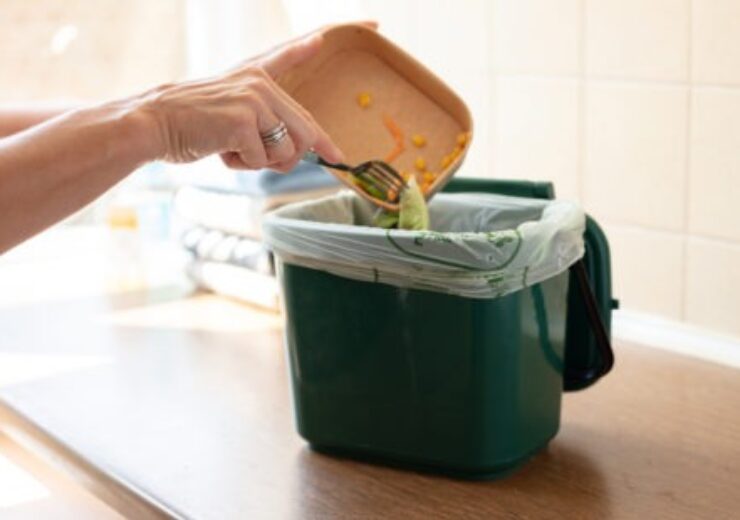Food, which is packaged within longer and extended shelf-life packaging, supports this message as products remain fresher for longer and in turn are less likely to be wasted by the consumer

The use of M.A.P. also reduces the need for artificial preservatives, ideal for retailers looking to eliminate additives from their labels. (Credit: Colpac Ltd)
As part of its pledge to cut food waste in half by the end of the decade, the UK has been making great strides in reaching this ambitious goal as set out in The Courtauld Commitment 2030, but over 9.5 million tonnes of food is still being wasted each year.
With the theme for WRAP’s 2023 Food Waste Action Week – ‘Win. Don’t bin,’ emphasis is being placed on demonstrating the value of food, and how using up everything purchased saves money, time and the planet.
Food, which is packaged within longer and extended shelf-life packaging, supports this message as products remain fresher for longer and in turn are less likely to be wasted by the consumer. In fact, WRAP research reveals that extending the life of a product by just one day could save 250,000 tonnes of food waste in the UK annually.
While there are many different aspects to enhancing the life of a food product, packaging, and the way it is sealed to maintain freshness, is an indispensable element.
This need is particularly prevalent within the food-to-go market which is forecast to be worth £23.4 billion by 2027, up 26% on 2019. Demand for a greater variety of dishes has exploded within this arena over the years and today supermarkets, food retailers and manufacturers are under increasing pressure to stock a diverse range of food-to-go dishes.
From salads and sushi to wraps and sandwiches filled with the freshest of ingredients, to hot food-to-go including flavoured porridges and soups, the choice is expanding to meet the diversity of consumer demand.
However, essential ingredients within food-to-go dishes are still largely accountable for food waste figures including the 24 million slices of bread which are thrown away each year. According to WRAP, bread is the second most wasted edible food in the UK, beaten only by the humble potato.
As a result, demand is increasing for sealing technology solutions such as heat seal packaging and Modified Atmosphere Packaging (M.A.P.) which can significantly extend a product’s shelf life.
Choosing the right sealing system, according to Colpac, UK leaders in the design and creation of food packaging solutions, can increase output efficiency and cut the amount of unnecessary food waste when retailers are left with half-filled shelves at the end of the day.
Offering a wide range of sealing machinery, from small table top sealing systems, ideal for delis or cafes to larger, high speed systems for food manufacturers, Colpac’s machinery incorporates the latest technology to extend shelf life.
Depending on the ingredient, heat sealing is an ideal solution for smaller food service operators as it can increase the shelf life of freshly packed sandwiches, pots of soup or porridge, or trays of pasta salad by two to three days.
For extended shelf-life, machinery which incorporates modified atmosphere packaging (M.A.P.) is an ideal solution as, depending on the ingredient and supply chain conditions, it can increase the shelf life of a product much more.
By removing the oxygen within a pack prior to sealing and replacing with an inert gas, M.A.P. can stop, or slow down the spoilage process. The use of this technology enables manufacturers to distribute their products across larger distances, or reduce the frequencies of deliveries made, as customers have a longer time to sell the product. Consequently, this can help manufacturers sell a wider product assortment, simplify production or broaden distribution into more sites.
The use of M.A.P. also reduces the need for artificial preservatives, ideal for retailers looking to eliminate additives from their labels.
Packaging has played an important role in reducing food waste for centuries, from the introduction of the tin can as a method of food preservation in the 18th century, to the shift in bottling milk in plastic, rather than glass. Today, the design of food packaging solutions encompasses everything from sustainable materials that can be composted and recycled, to materials and machinery that can extend product shelf-life which in turn will reduce food waste.
Source: Company Press Release
